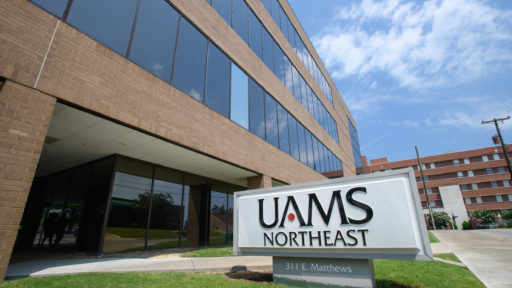Your liver makes a digestive juice called bile. Your gallbladder stores it between meals. When you eat, your gallbladder pushes the bile into tubes called bile ducts. They carry the bile to your small intestine. The bile helps break down fat. It also helps the liver get rid of toxins and wastes.
Different diseases can block the bile ducts and cause a problem with the flow of bile:
- Gallstones, which can increase pressure in the gallbladder and cause a gallbladder attack. The pain usually lasts from one to several hours.
- Cancer
- Infections
- Birth defects, such as biliary atresia. It is the most common reason for liver transplants in children in the United States.
- Inflammation, which can cause scarring. Over time, this can lead to liver failure.
NIH: National Institute of Diabetes and Digestive and Kidney Diseases
Courtesy of MedlinePlus from the National Library of Medicine.
Syndicated Content Details:
Source URL: https://medlineplus.gov/bileductdiseases.html?utm_source=mplusconnect&utm_medium=service
Source Agency: National Library of Medicine
Gallbladder Diseases
Your gallbladder is a pear-shaped organ under your liver. It stores bile, a fluid made by your liver to digest fat. As your stomach and intestines digest food, your gallbladder releases bile through a tube called the common bile duct. The duct connects your gallbladder and liver to your small intestine.
Your gallbladder is most likely to give you trouble if something blocks the flow of bile through the bile ducts. That is usually a gallstone. Gallstones form when substances in bile harden. Rarely, you can also get cancer in your gallbladder.
Many gallbladder problems get better with removal of the gallbladder. Fortunately, you can live without a gallbladder. Bile has other ways of reaching your small intestine.
Courtesy of MedlinePlus from the National Library of Medicine.
Syndicated Content Details:
Source URL: https://medlineplus.gov/gallbladderdiseases.html?utm_source=mplusconnect&utm_medium=service
Source Agency: National Library of Medicine








